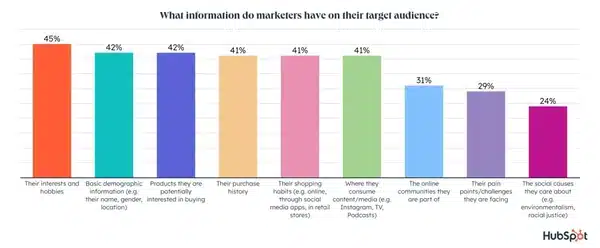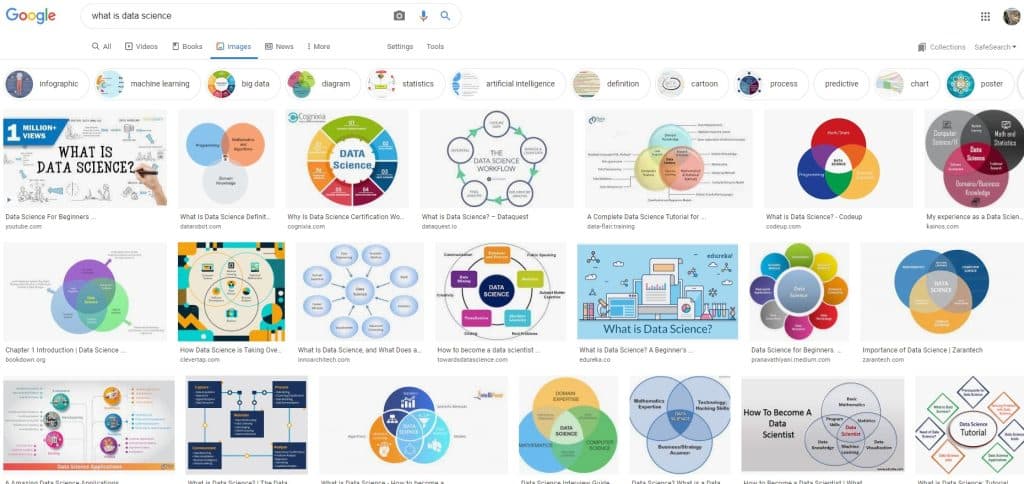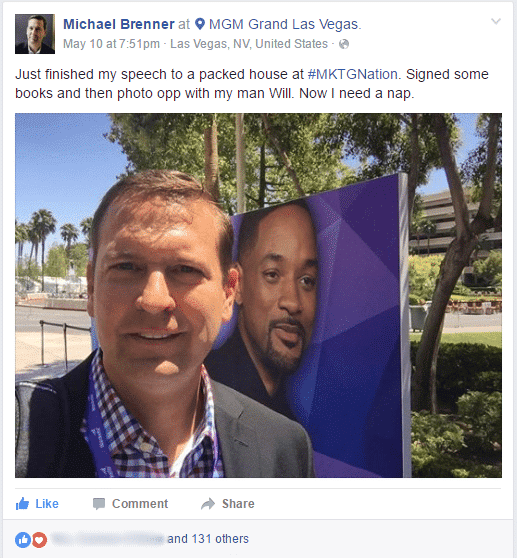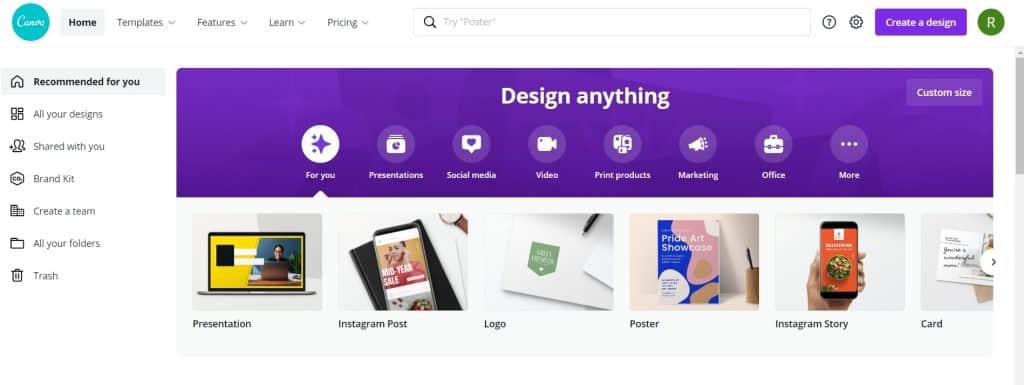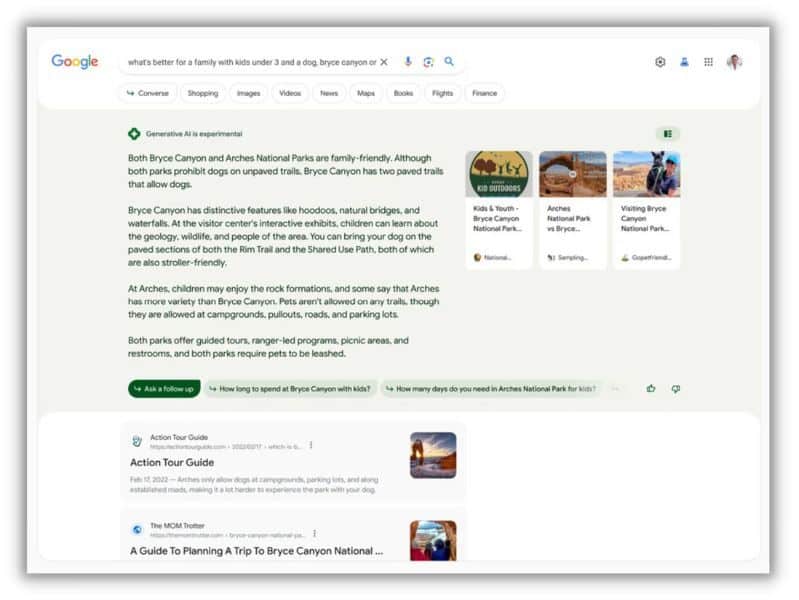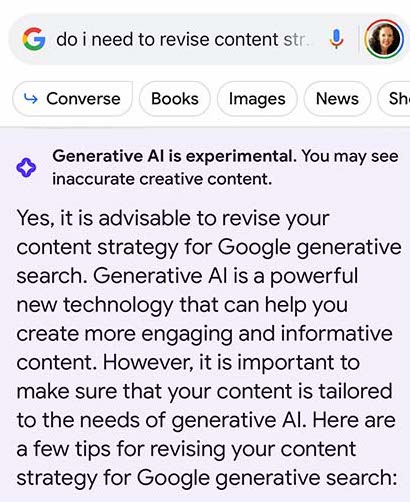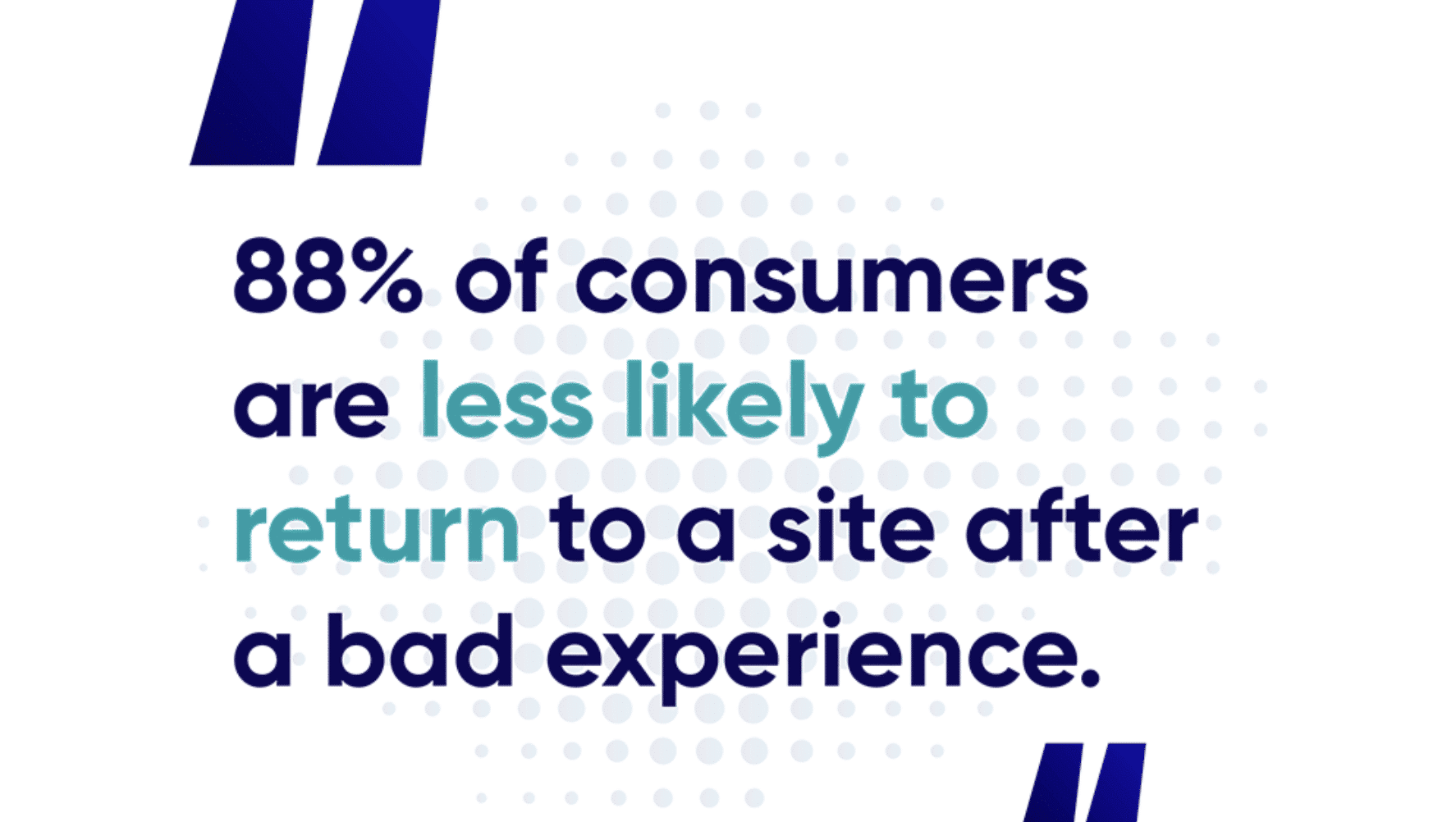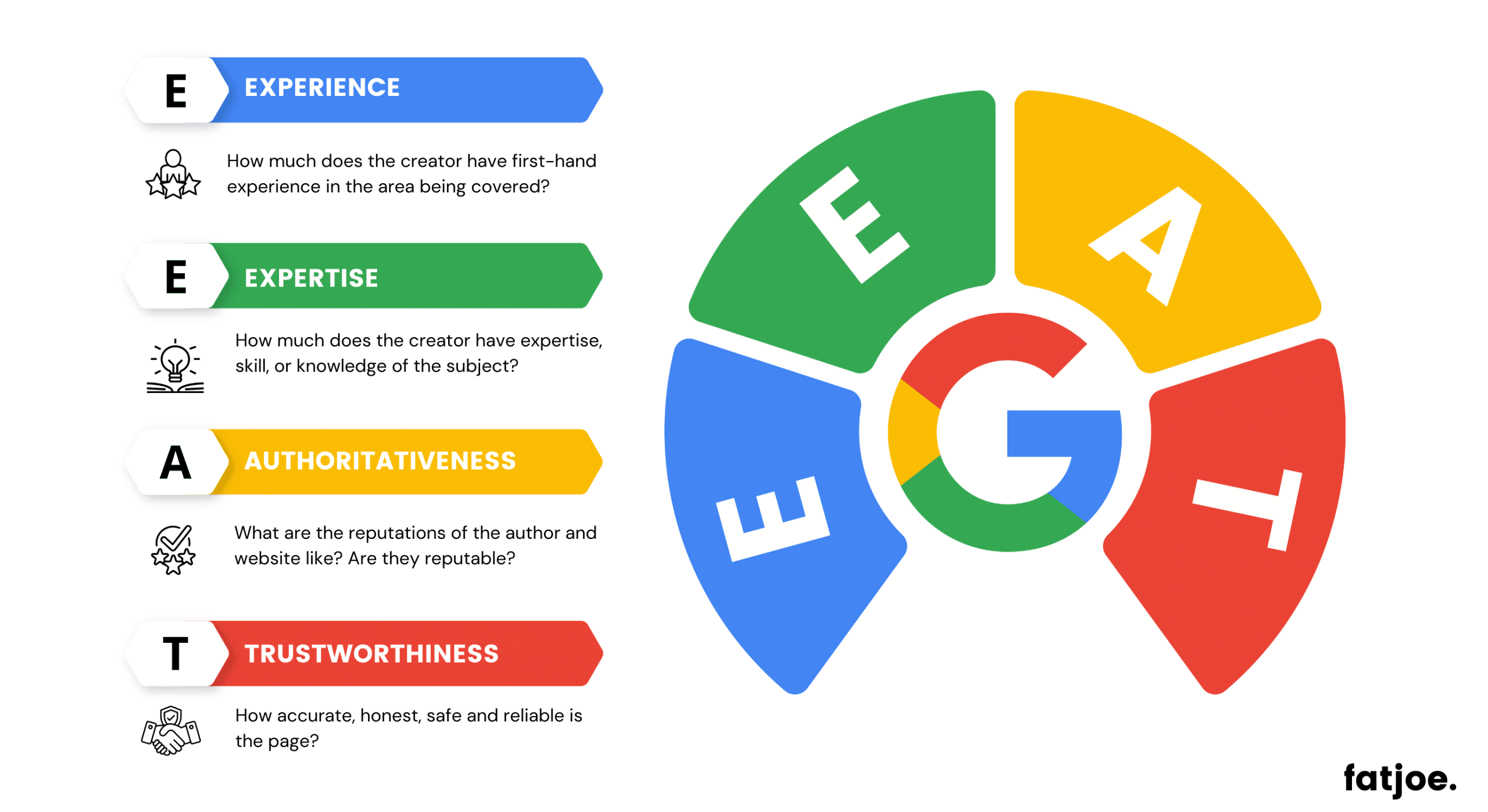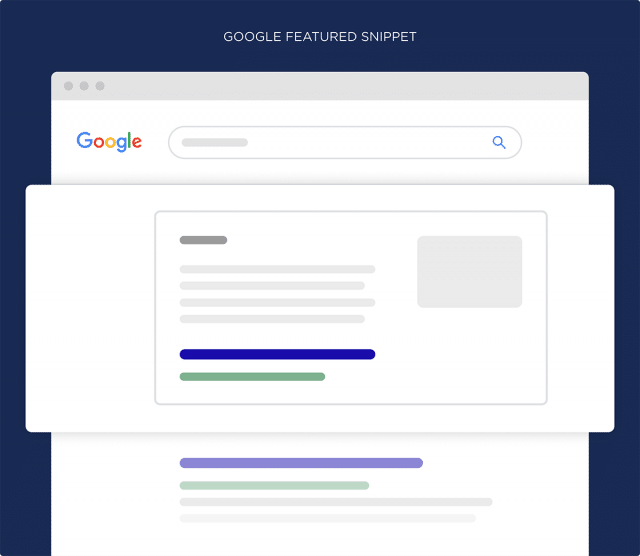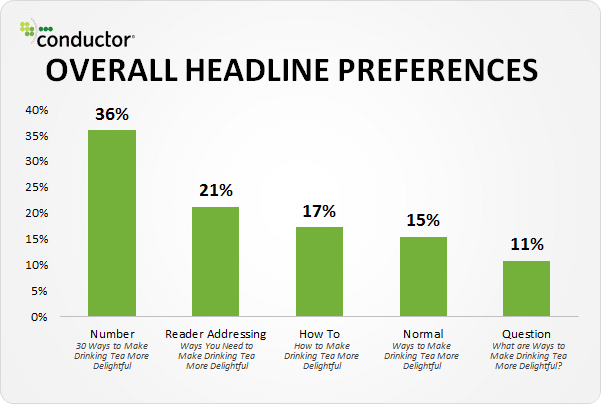
Software-as-a-service (SaaS) companies live in a universe of mathematical code, complex processes, and highly technical jargon.
Potential customers need someone to unpack all that jargon and explain it to them in plain English – or whatever language they speak.
That need makes SaaS companies a perfect fit for content marketing. Can they still win with it, even in a saturated space? A better question would be, “Can they win without content marketing?” The answer, as we’ll explain in more detail, is “No.”
There are currently over 10,000 private SaaS companies, and the average startup spends 92% of its first-year revenue on customer acquisition. So, it’s vital that SaaS companies have a strong branding and content marketing strategy in place to stand out from the competition.
Quick Takeaways:
- SaaS brands need to communicate complexity with simplicity.
- Since the SaaS business model requires a long-term customer relationship, content that forms and nurtures that relationship is essential.
- Content marketing builds brand awareness in a crowded field and drives ROI.
Why SaaS Businesses Need a Long-Term Content Marketing Strategy
Many SaaS brands are not household names like traditional software companies such as Adobe and Microsoft. Because of this, they need to work harder on brand awareness. Small companies also have a smaller budget to work with than the industry giants. Unless your SaaS company is an industry giant, you need to inform your target customers that you have a service that can help them. Content marketing can do just that.
Plus, SaaS companies need to focus on building long-term relationships with their customers. Most SaaS brands are hoping to retain customers for several years. This is quite different from marketing traditional software, which may well focus on making a single sale for each customer.
These factors make content marketing an ideal fit for SaaS brands. High-quality content can inform an audience that your brand and product exists and demonstrate why they may need it.
For small-to-medium-sized SaaS companies, content marketing is easy on the budget and can drive more sales than traditional marketing strategies. According to DemandMetric, it costs 62 percent less and produces three times more leads than advertising and other marketing strategies.
Informative content can help prospects see the value your service can bring to their business or their lives. SaaS services can differentiate themselves from their competitors with content that points out the advantages of choosing them to do business with.

Statistics show that SaaS companies that leverage content marketing enjoy returns of as much as 657 percent on their investment. Now, that’s what I’d call winning. Whether yours is a startup, a legacy brand, or somewhere in between, those numbers are hard to refute.
Many of the SaaS brands who were mere startups only a few years ago have risen to global prominence, thanks to strategic content marketing. HubSpot, for one, has experienced incredible growth from its content marketing.
Similarly, technology brands whose roots lie in the previous century can use content marketing to keep a step ahead of the ever-growing number of upstarts. For instance, legacy SaaS giant IBM maintains its relevance even today through a massive library of thought leadership content, much of it created by regular employees.
Deciding How and Where to Spend Your Content Budget
Any company that wants to be on a level playing field needs to be investing in content marketing. This is all the more true for SaaS companies that have a brand and customer base to build.
The only difference is how you should be using content marketing.
“If you are a startup, content marketing can be the way you differentiate your business and engender trust with your customers and prospects. It’s something you can use to generate awareness in your brand all the way to helping customers evangelize your business.” – Michele Linn
A limited budget and the fact that you’re trying to build a brand from the ground up means your content strategy is probably going to look pretty different from that of a large enterprise, or even an established SMB.
Deciding how much cash to invest in content marketing, and where you’re going to spend it, could be one of the toughest budgeting decisions you and your fast-growing company make.
It could also be one of the most important.
In theory, spending more money should get you better results, but only if you spend that money wisely. You could have $100,000 a month to spend on content, but if you’re spending it on the wrong things, it’s probably going to waste.
So what should you spend?
Let’s assume that as a startup you only have a small pot of cash to play with. You probably want to know much should you allocate to content, right?
Well I’m going to tell you.
You should allocate….
Whatever you can afford.
That might sound like I’m dodging the question, but the fact is, I can’t tell you what to spend.
You should spend what you can comfortably afford, without putting your business at risk.
When it comes to where you should spend your money, you’re going to want maximum rewards for minimum investment. You’re also going to want to place safe bets.
Big corporations can afford to gamble thousands of dollars on a content piece that may or may not work. You’re going to need to play your cards a little closer to your chest.
What Content to Create
Once you know who you’re targeting and the type of questions they’re asking, the next step is to decide what content you’re going to create.
As a startup, your priorities are probably going to differ from those of a more established company.
Your initial goals are likely to revolve around building general awareness of your brand. You’ll probably want to push yourself and your brand as a trustworthy authority in your industry, too.
You’re also going to want to maximize the return on your potentially quite small investment.
Content for your blog
I helped get Content Marketer off the ground in large part simply by using the blog. I wanted to educate our audience and potential customers. This was the first-ever post I published there.
My thinking was that the more our audience understood about content marketing, the greater their need would be for the tool.
More than a year later, the blog is still a huge part of Content Marketer. Although I only contribute myself every so often, I try to ensure fresh content appears a few times a month, at least.
Educational articles published on your own blog are cost-effective and offer short and long-term rewards.
The key to making it work is to write genuinely useful content that helps others while simultaneously showcasing your own expertise.
Content for links
Once you’ve succeeded in building brand awareness, you’re probably going to want to create content that has the potential to be picked up and shared by other publications. When they do this, they will generally credit you by linking back to your site – this is important for building your website’s domain authority and helping to boost its visibility in the search results.
Infographics are probably the most commonly-used tool for this purpose.
Infographics display information or data in an attractive format that’s easier to digest (and share) than written content. The best ones tell a story with that information.
Best of all, they don’t have to cost a lot. Wrap an interesting and unique story in simple but attractive packaging, and you should be onto a winner.
Buffer’s Sandrine Sahakians created this, for free, in just 15 minutes…
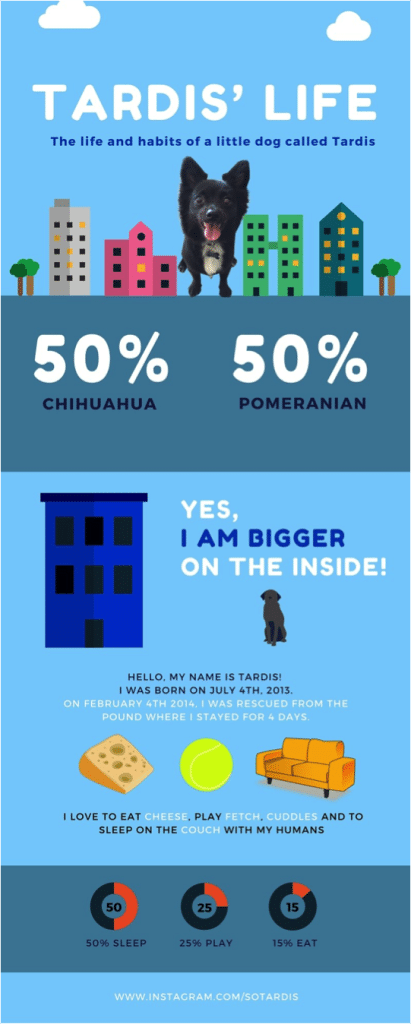
Okay, so it’s a long way from the standard you should be aiming for, but it’s a great example of how easy it is to create this sort of content if you have the right tools.
You can find out more about making infographics fast and for free in Sandrine’s post.
Sales funnel content
Once you’ve got a link-focused content strategy underway, it would be wise to look at creating content that targets visitors at each stage of the sales funnel.
The “sales funnel” represents the process a customer goes through before deciding to make a purchase. Creating content for the sales funnel entails targeting queries customers are likely to ask at each stage of that process.
How many stages there are in a sales funnel and what those stages are will differ depending on who you ask. However, for the purpose of this article I’m going to talk about a four-stage funnel: awareness, consideration, conversion, and advocacy.
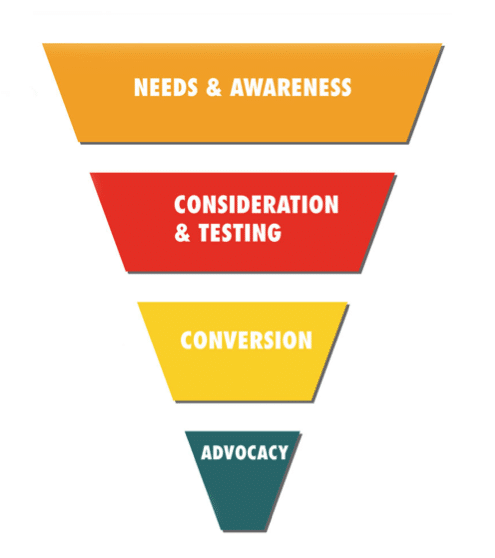
At the awareness stage (also known as the “top of the funnel”) your audience has realized they have a need and that they’re going to have to start researching the best way to fulfill it.
Content at this stage would probably target generic, head search terms such as:
- “Project management”
- “Time management”
- “Search engine optimization”
The idea here is not to push your product onto customers, but to gently guide those who could benefit from it towards it, via content that solves their pain points.
At the consideration stage, the customer is pretty sure they know what they’re looking for; they’re just not yet sure who they’re going to buy from.
Consideration stage content would target phrases like:
- “The best new project management tools”
- “Tools to help time management”
- “SEO agencies in Seattle”
This might mean creating content that introduces the customer to your product, without forcing its features and benefits onto them. Things like…
- Top Project Management Excel Templates
- Free Time Management Forms
- How to Choose the Right SEO Vendor
Remember that your goal here is to create content that moves the customer towards the next stage of the funnel…
The conversion stage.
At this point, you have a captive audience. They are interested specifically in what you have to offer; they just need a little more information and some reassurances that they’re making the right choice.
The content you’ll be creating here shouldn’t be keyword focused. The focus is your product. Think case studies, competitor product comparisons, reviews, and testimonials.
At the bottom of the funnel we have “advocacy.” This is content you create to keep your existing customers on board and move them from just “customer” to “brand advocate.”
Advocacy content can include something as simple as a newsletter, but ideally you should dig a little deeper than that.
What you want is to teach your customers how to get the best out of your product or service. Blog posts can work here but video demos are more effective, as are live webinars.
Advocacy doesn’t just have to be about education, however.Telling your own stories can help cement that relationship between the customer and your brand and encourage them to stick around for longer.
Before I wrap up this section, I think it’s worth noting that while I’ve written about each content type in order of priority, this doesn’t mean you have to create each type in isolation. They can and probably should overlap. Just because you start building content to drive links, for instance, doesn’t mean you should stop creating content designed to push yourself as an industry authority.
How to Create It
It’s all well and good knowing what content you want to create, but how can you ensure the end product stays on budget and meets (or exceeds) your expectations?
As a startup, we’ll assume you have a very small pool of talent to choose from – that in terms of getting your content created in-house, you have limited options.
If you’re a wizard with words, then take a shot at crafting your own written content, by all means.
If you have an eye for design, likewise.
Basically, utilize whatever skills you have available to you, first.
Tools to Help
There are heaps of tools around that can help to improve the quality of the content you’re creating, or the speed at which you create it. I won’t go into too much detail here, but I will point you in the direction of a few of my favorites.
Hemingway App
Named after Ernest Hemingway, the 20th Century American author who was renowned for his concise writing style, the Hemingway App aims to improve writing by highlighting words and sentences that could benefit from being simplified.
It’s not foolproof. It can’t understand context or intent. But as writing tools go, it’s probably the best.
Grammarly
As you can probably guess from the name, Grammarly is a grammar-checking tool. You might wonder why you need it when most word processors have built-in grammar correction. You need it because it’s much smarter than most word processors – especially if you upgrade to the premium version.
Canva
Pro designers, look away now.
Canva is aimed at novice designers – those of us with a creative streak and an eye for design, but who don’t have the skills or equipment needed to create content from scratch.
With its series of backgrounds and images alongside an abundance of size, shape, and font choices, Canva makes it easy to create content like:
- Blog graphics
- Facebook cover photos
- Posters
- Infographics

It’s no substitute for a professional designer, but it’s ideal for companies looking to create simple, attractive images on a budget.
We Video
Another tool that’s no substitute for a pro, but is very valuable in its own right, We Video makes video editing simple (and if you only use the basic package, free).
Outsourcing
If you don’t have the skills, time, or inclination to produce content in-house (and you don’t want the expense of employing someone full-time), you’re going to be outsourcing content.
There are many options for outsourcing content creation, from bargain-basement markets like Fiverr, to full-services content marketing programs like ours. We do all the keyword research, headline development, writing, and monthly reporting that every startup needs to grow.
In an ideal world, you would have your own team of freelancers on hand as and when you need them. However, it takes time to find good talent and build a team.
Until then, outsourcing platforms could prove to be worth their weight in gold. You just need to find the service that best fits your needs.
What Content to Promote
The first thing you’re probably going to need to know about content promotion is what type of content you should actually be promoting.
This is because we don’t promote all types of content, at least not in the same way.
Let’s simplify this by splitting content into two groups:
Text and imagery.
As a general rule, text-based content is created for the purpose of targeting long-tail search queries. Our goal is for it to appear in the search engines and drive targeted traffic to our sites. It’s also frequently designed to target consumers at various stages of the sales funnel.
Again, as a general rule, this sort of content is not promoted. Why not?
Because an article rarely holds value to another publisher. Publishers want content that they can work into a story of their own. This is rarely possible with an article.
There are, however, a couple of exceptions to this rule.
1. Press releases
Press releases report news. They’re crafted specifically for publishers to work their own story around. If you can write a good one that people are actually going to care about, then of course you should promote it.
2. In-content mentions
If you’ve mentioned another brand or an influencer in your content, it’s fine to contact them to let them know. In fact, I’d encourage it.
This might not result in a link, but it often ends in a social share and increased visibility for your content.
Imagery, however, especially content like infographics, is often designed for the sole purpose of sharing and driving backlinks.
Great visual content makes it easy for publishers to use in a story.
How to Promote It
As a startup, you may find content promotion a little more difficult than an established business might, for one simple reason:
People aren’t going to recognize your name.
But don’t let that fact stop you. We all have to start somewhere. And a well-run content promotion strategy can play a big part in your brand’s PR. Make outreach work for you, and it can really help to get your name more widely recognized.
When I promote content, the focus for me is as much on building relationships with the people I’m contacting as it is on actually getting people to share my content.
And I’m not the only one who thinks this way.
“Blogger outreach is, first and foremost, about building relationships. You are essentially reaching out to bloggers to create long-term relationships so that you can help each other in the future. You are supporting their community, and in turn, they are supporting yours.” – Afton Negrea, writing for her blog
It all comes down to the simple fact that a relationship will benefit me far more in the long run. If I actually take the time to talk to someone, they’re going to be much more receptive to my pitch the next time I contact them.
But you know what? The benefits don’t necessarily stop there. Personally, I’ve managed to get my company featured in Time Magazine and Inc., and even landed a TV spot on the back of some content I was promoting.
So let’s take a look at how this relationship-focused outreach strategy works in practice.
The first key is quality over quantity. Sure, some people might disagree with this. They will tell you that it’s a numbers game, that the more people you contact, the better your results will be.
But that’s a really shortsighted way of looking at outreach. You might get more shares and links this way – the first time around. But what happens when you come to promote your next piece of content?
You’re back at square one.
If the people you contacted the first time remember you, you’re probably only going to be a blip in their memory. More to the point, they will have little reason to care any more about you this time because they know that all you care about is what they can do for you.
But what if you contacted just 15 or 20 people about your content? Let’s say five of them replied positively, and following that, you took the time to actually get to know them… What do you think happens next time around?
Chances are they’re actually happy to hear from you. They’re extra-responsive because they genuinely like you.
That’s five near-guaranteed positive results before you do anything.
If you can build on this each time you promote your content, it won’t be long before you have a pretty large pool of valuable contacts (or friends, even) that you can rely upon each time you publish something new.
But you know what? If you have the time, you don’t have to contact just “a few” people. You could try a “blended strategy.” By this, I mean you build a small list of high-profile sites or influencers that you want to approach about your content.
You put a lot of effort into this list. You research their interests, what they’ve written about recently, and the style of language they use. You use Twitter to get on their radar. Then you use your research to create and send the perfect outreach email.
If they reply to you positively, you take steps to get to know them more.
You then also build a much bigger list of smaller sites and lesser-known influencers. You contact them about your content, but you don’t put the same level of effort into learning about them or following up if they reply.
This seems like a happy balance to me, but only if you have the time to build a two-tiered outreach list. If it’s a case of one or the other, I’d choose the smaller, better-researched, and more qualified list, every time.
Influencer marketing
If you paid attention to the first part of this post, this bit will feel familiar to you. You can use social media to build relationships with influencers and reach out to them, in the same way you might use email.
It’s all about being social.
And genuine. Being genuine definitely helps, too.
To begin harnessing the power of influencers, you’re going to need to create a list of people you want to target.
Around 10 to 15 influencers is a good target for most marketers.
For the best chance of success, try to target people who are influential enough that they will actually benefit you if they share your content, but not so influential that they won’t have time for you.
Once you’ve built this list, you simply need to start engaging with them. Liking and sharing their posts obviously plays a part in this, but you’ll get much, much better results if you actually talk to them.
Paid promotion on social media
Building relationships with influencers is great. I strongly encourage you to do it. But it takes time.
For quick wins on social media, we have “paid promotion.”
While Facebook led the way in this arena, most social sites now incorporate ad functionality.
But do you want to know what my favorite thing about social media is? It’s really cost-effective.

Content Marketing Best Practices for SaaS
Content marketing for SaaS companies, though, needs a solid strategy to drive those numbers into that 657 percent range and upward. Let’s take a look at marketing strategies that have proven to yield results for SaaS brands.
Make it all about the customer
Today’s customers want to deal with a company that they can trust – a business that is an authority in its field. Customer-centric content marketing is the best way to earn your prospects’ trust.
Content marketing, done right, starts with a deep dive into your prospects’ and customers’ data. Knowing their needs, their desires, and their pain points can give your content teams enough insight to create content that helps them rise to meet their challenges.
What differentiates effective SaaS content from the mediocre starts here. Defining the problems your customers face is the first step toward solving them. Then, create content in which you outline easy-to-implement steps that they can put into action immediately to solve those problems.
Know your audiences
One of the shortcomings of startup life is the lack of customer data you have to draw from. An effective content strategy is guided in part by customer pain points and the questions they ask.
But what do you do if you don’t have access to this information?
Start asking them.
It doesn’t matter if it’s your first customer or your 50 thousandth – the sooner you start asking customers for feedback, the sooner you can start using their answers to enhance your content strategy (and make informed improvements to other parts of your business, too).
So how do you get this feedback?
Customer surveys are the first thing that come to mind. Your customer receives a form, answers a few questions, and BAM! You have your feedback.
But there are lots of different ways to execute a customer survey.
- Should the survey be long or short?
- Should you ask closed or open-ended questions?
- Which customers should receive the survey and when? While they’re browsing the site? Should it appear after a completed purchase? Should it be sent in an email shortly after making a purchase (to give the customer time to try the product out)?
The answer here is: it depends on what you’re trying to achieve.
As a general rule, however, you’ll get more responses with shorter surveys, and you’ll get more detailed feedback by asking open rather than closed-ended questions.
If we’re to assume that you’re executing this survey for the purpose of improving your content targeting, you’ll probably want to ask questions like…
What brought you to the site today?
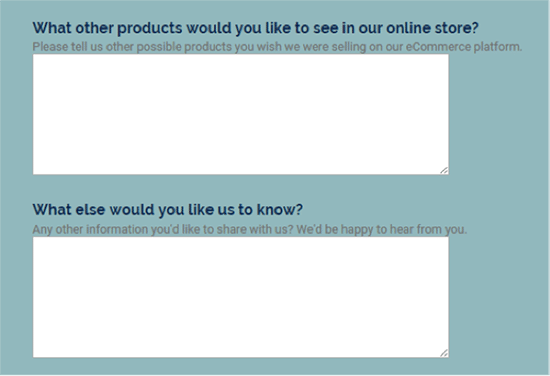
And you should avoid closed-ended questions like…
Did you find everything you were looking for?
Would you like to see more of x?

To summarize, asking just one or two open-ended questions will generally garner the best results. You’ll force customers to think for themselves and prevent customers from being deterred by intimidating contact forms.
Another excellent means of getting customer feedback is to ask them personally. Send them an email. Call them up. Or, if they’re local, take them out to lunch.
“Invite them to lunch and tell them you’re looking to completely understand how your business helps solve their problem. You will get more value from this one-hour lunch then you will from hundreds of customer surveys.” – Lars Lofgren, Director of Growth at I Will Teach You to Be Rich and former Director of Growth at Kissmetrics
This works very well – particularly for startups with only a few customers to focus on.
Not only does it get you far more detailed information than you’ll ever get from a survey, it helps build a closer relationship between you and the customer (meaning they’re likely to stick around longer).
To exploit the data you collect through surveys to the max, use it to build a detailed buyer persona.
A buyer persona is a semi-fictional “character” you create that embodies one or more of your standard customers.
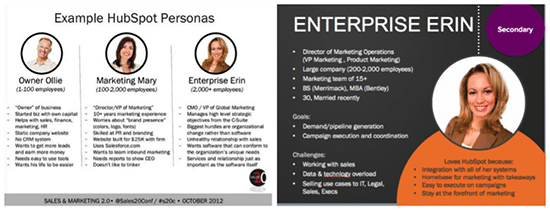
Segment your email audiences
Segmenting your audiences is critical, especially when it comes to email newsletters. Microsoft, for instance, has a broad spectrum of target audiences it needs to reach with information about its flagship product, Microsoft 365. From home users to small businesses to enterprises in various fields, they span a wide range.
Microsoft 365’s blog posts reflect that diversity, with some of them directed at meeting the needs of specific customer segments, while other posts provide material of general interest. Using an industry-specific menu of static content, the site’s analytics can differentiate users in the healthcare industry from those in retail, for example. That way, when a user becomes a subscriber, the company can personalize the content it sends to the user’s unique needs.
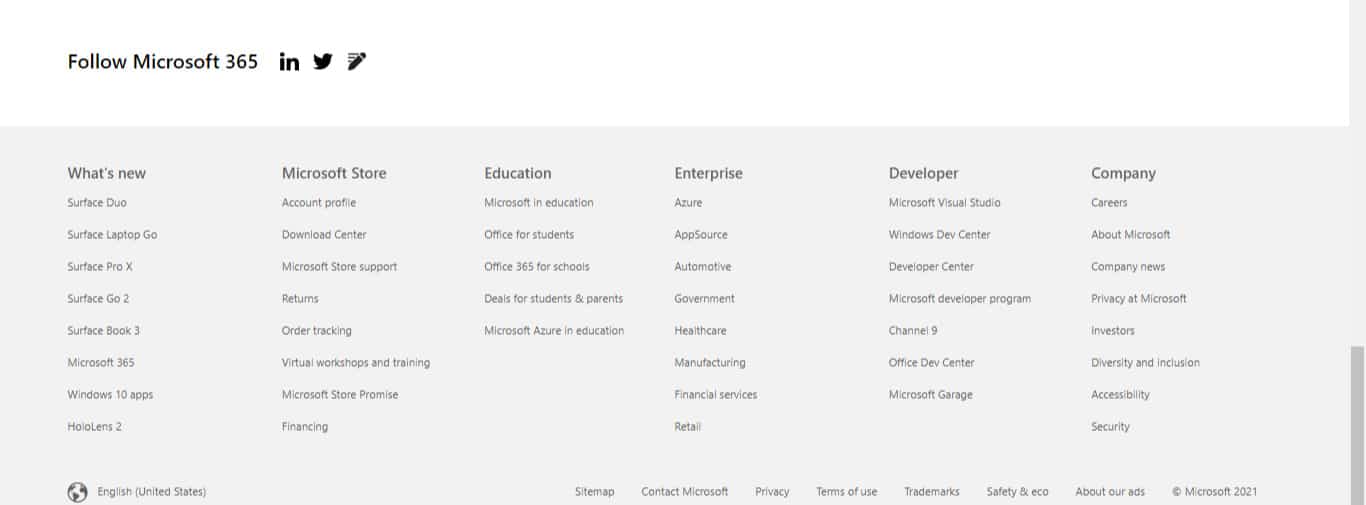
If you don’t use your users’ online activity to segment audiences, you can also use social media analytics, surveys, or an extra field on your sign-up form to indicate their specific interest.
Perform in-depth keyword research
Keyword research is useful for much more than keyword targeting – it can tell you a lot about your audience, too, long before you’ve had a chance to start gathering first-hand data yourself.
Take Answer the Public, for instance. You just enter a topic into the search box, press “Get Questions,” and the tool scrapes Google’s autosuggest to formulate a list of questions that are being searched for around that topic.
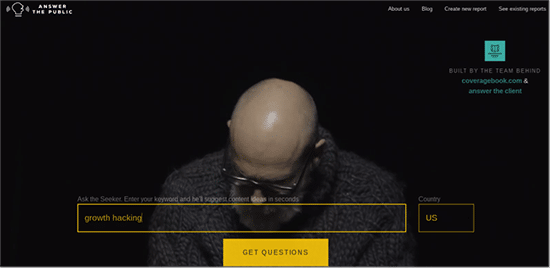
Again, you simply enter a keyword of interest and hit “suggest.” The tool will then get to work tracking down all the keywords Google could suggest to searchers based on permutations of your initial search.

Of course, there’s only so much you can learn about your customers when you don’t actually have very many of them.
At some point, you’re just going to have to bite the bullet and start creating content.
Stand out from the crowd with your USP
You don’t need a boring recitation of all your software’s features in a blog post. Prospects want to see what makes it better than its competitors in solving their problems. Showcase your unique selling proposition with content that shows instead of tells.
Use case studies, customer success stories, and how-to posts to demonstrate why and how its features make it a better fit for your target audience’s needs. Create graphs or infographics that tell the story in numbers, especially if your business is primarily B2B.
Leverage employee expertise in your content
Brands, like IBM, that showcase their employees’ expertise through content marketing build trust among their prospects. Statistics show that employee-generated leads are seven times more likely to convert than traditional marketing messages.
Furthermore, content that non-marketing employees create yields eight times more engagement than ones that come from sales and marketing teams. When you bring subject matter experts in on the content marketing process, your brand’s authenticity shines through.
Position yourself as a thought leader in your space
As someone in a leadership role in a tech company, you know all too well that yesterday’s “shiny new toy” can quickly become obsolete overnight. Use content marketing to place yourself and your expertise on the leading edge of your industry.
Thought-provoking questions and comments on social media can start some buzz around your brand. Fleshing out those thoughts in blog posts, white papers, and ebooks can start turning heads your brand’s way.
Use current events that impact your target customers’ industries to extend your reach even further. Unless the event has already been covered to death, sharing your take on an event can demonstrate your brand’s leadership and foresight.
Make technical topics exciting with video
Video is one of the most effective content types brands can create as part of their larger content strategy. Audiences across industries and topics increasingly prefer it over other types of content.
Video is an especially useful content marketing tool for SaaS companies because it’s an engaging way to break down the highly technical and often complex topics they cover for customers. Two SaaS brands that have done this exceptionally well are Moz and Ahrefs, two of the industry’s leading SEO software tools.
Moz cofounder Rand Fishkin launched Whiteboard Friday in 2007, when the company was still in its infancy and looking for any means to grow. He kept it simple: every video featured Randy standing in front of a pre-drawn whiteboard, ready to cover topics related to content marketing and SEO, which at the time were quite new and novel topics for digital marketers.
Here’s two examples, one of their early videos from 2012 on keyword targeting, and one of their most recent from 2021 on the ROI of SEO. You’ll see one big change — Rand is no longer with Moz or hosting the videos. But otherwise, Moz has stuck with their tried-and-true format for Whiteboard Friday. The videos provide high value with simple, low-cost, no-frills production.
Ahrefs creates punchy videos that cover tons of relevant topics for SEO professionals and get straight to the point with actionable insights. Their YouTube videos are organized by topic playlists, making it super easy for people to find the content they need. The Ahrefs YouTube channel has become a go-to resource for SEO professionals.
Get serious about social
According to research by Sprout Social, 84% of consumers would prefer to buy from a brand they follow on social media over a competitor brand.
Your social media accounts are as important to branding as your logo. Ensure that you have clear social media guidelines written up, including details on brand “voice.”
With social media, it’s particularly important that your brand has a personality. Nobody wants to follow dull and generic corporate social media accounts.
The personality and tone of the language you use on social media is an important part of your branding. Make sure it matches your audience.
For example, time-tracking SaaS Toggl represents its friendly and fun brand personality on Facebook with casual language, emoticons, and colorful graphics.
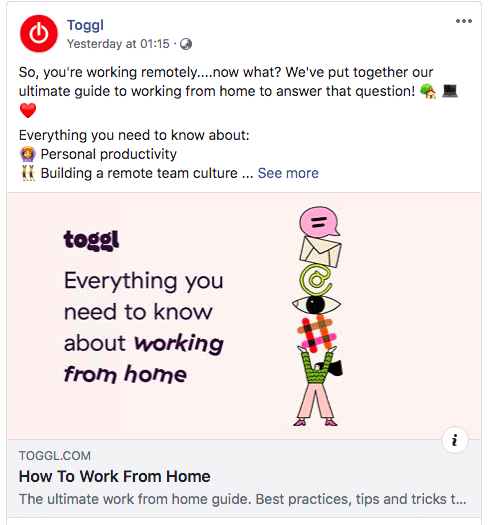
According to research from Sprout Social, the brand personality traits consumers most value on social media are honesty, friendliness, and helpfulness. Keep this insight in mind when creating your brand personality.
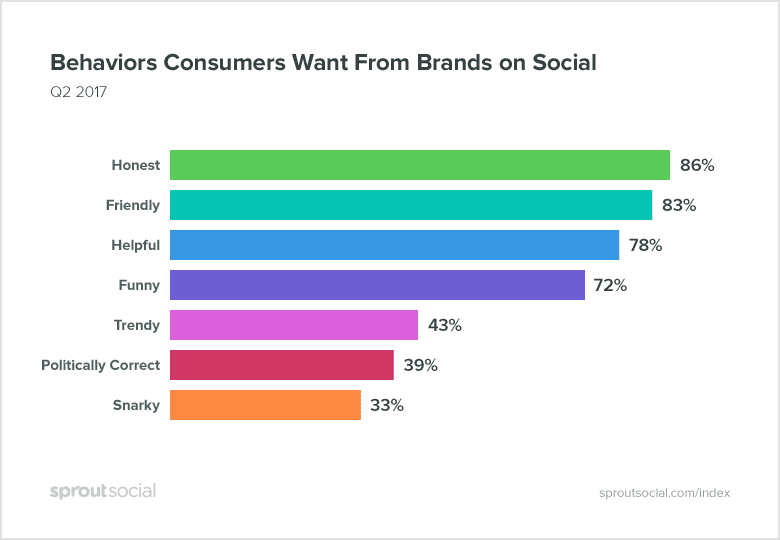
Grow your social proof with case studies
B2B decision makers know that their purchase decisions have wide-reaching impacts on their organizations. They want to be absolutely sure the products and services they choose are the right ones.
What better way to build that trust than showing proven, measurable results from current customers that have already benefited from your solutions?
Case studies give B2B companies a unique opportunity to present data-driven information while also telling a relatable story. Prospective customers can see examples of how your solution’s benefits are applied in real-life situations. They also create much-needed assurance for customers while they’re making a purchase decision.
Analytics and intelligence platform Sumo Logic is a great example of how to leverage case studies to build social proof. Their searchable database allows users to filter by solution to find case studies specifically relevant to their needs.
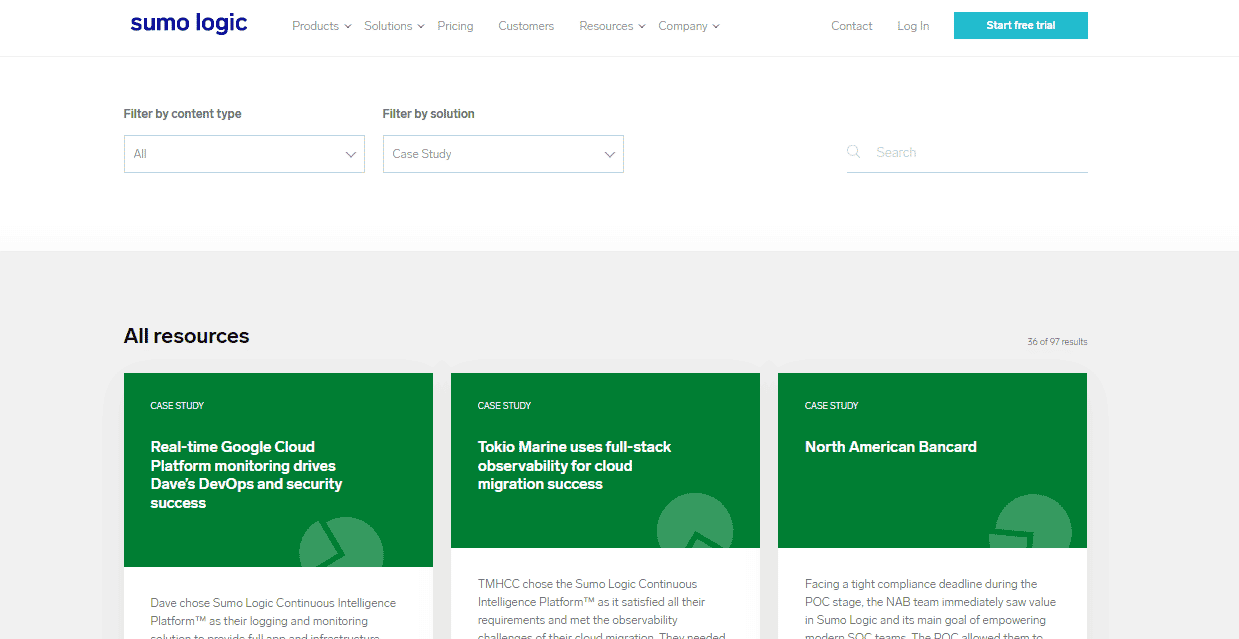
Image Source
Retail operations platform, Vend, takes a different but equally effective approach to case study library searchability. Their case studies are searchable by industry and business size. Users can filter them to see how companies similar to them apply the Vend solution.

Image Source
Establish a strong brand presence
Marketing SaaS products can be more challenging than marketing a traditional software product. Brand awareness is often an issue as many SaaS tools are produced by startups and small businesses that are not established in the marketplace.
SaaS tools also change more frequently than traditional software. It can be difficult to keep your audience up to date and position your product above your competitors.
Setting your brand apart from the competition is critical in an overcrowded marketplace. With many SaaS solutions having similar functionality and pricing, potential customers are likely to choose the option with the strongest branding.
Focus on your brand’s unique selling point. What makes you a better choice than the other options?
Gartner points out that today’s consumers are so flooded with information that they can be too overwhelmed to make a purchase decision. So establishing a strong brand is critical.
The key to successful brand positioning is clearly explaining the problem that your SaaS tool solves. For example:
- Asana simplifies the problem of excessive workloads by simplifying project management.
- Hubspot solves the problem of having too many marketing tools and having difficulty following up leads.
- Slack solves the problem of communication between teams being in several different places.
- Zendesk solves the problem of customer support tickets being lost or taking too long to resolve.
- Docusign solves the issue of documents and contracts needing physical signatures when communicating remotely.
- Dropbox solves the problem of keeping files synced between different devices and sharing them securely with others.
It’s common for SaaS companies to get so caught up with promoting their features that they overlook branding. But in a world where many similar products and services are vying for attention, branding is vital to get your name noticed and remembered.
Just consider the instantly recognizable logo and imagery of Slack as a great example of how to do branding right.
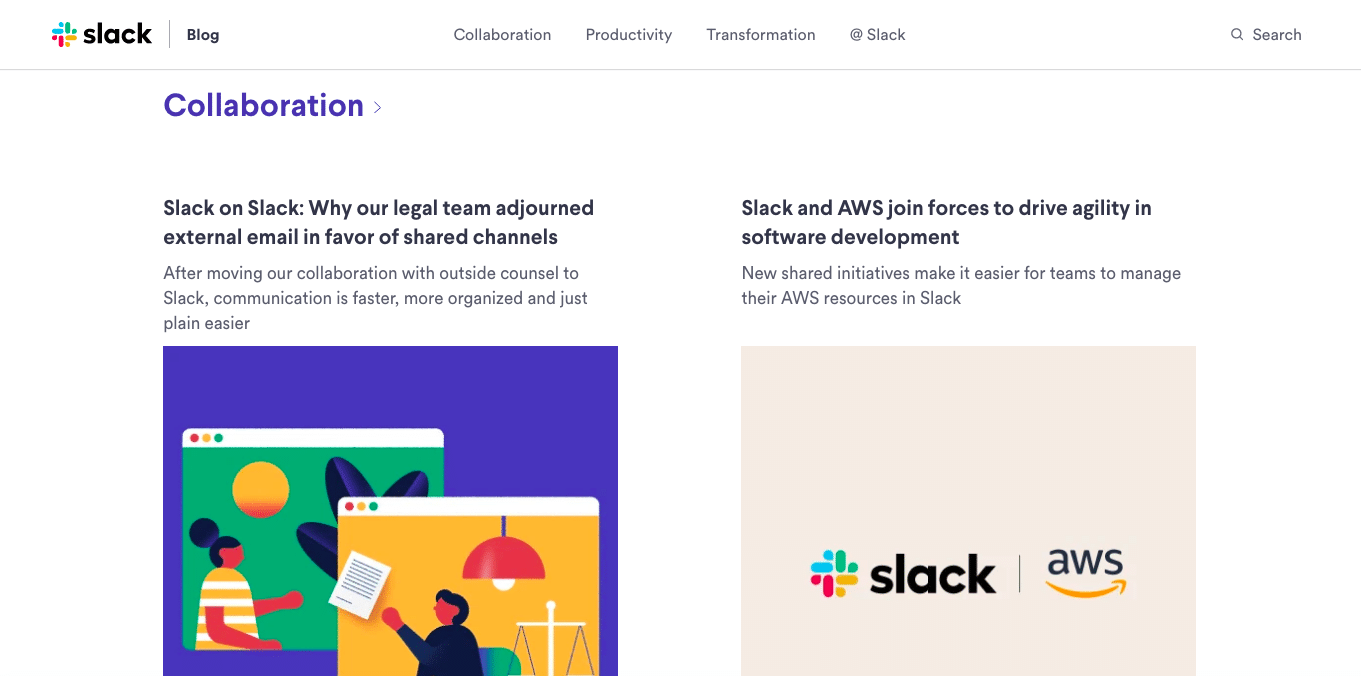
Create connections with authenticity
Today, Groove is a successful customer support software tool with 10,000+ corporate customers (including the likes of Hubspot, AT&T, and Shopify) and nearly 200,000 blog subscribers. But there was a time not too long ago when Groove was a struggling startup wondering why their content marketing efforts weren’t working.
Groove founder Alex Turnbull and his team decided to try something different: telling their real story, struggles and all. They started a blog about their startup journey, including posts like this one, sharing big mishaps that almost cost them big:
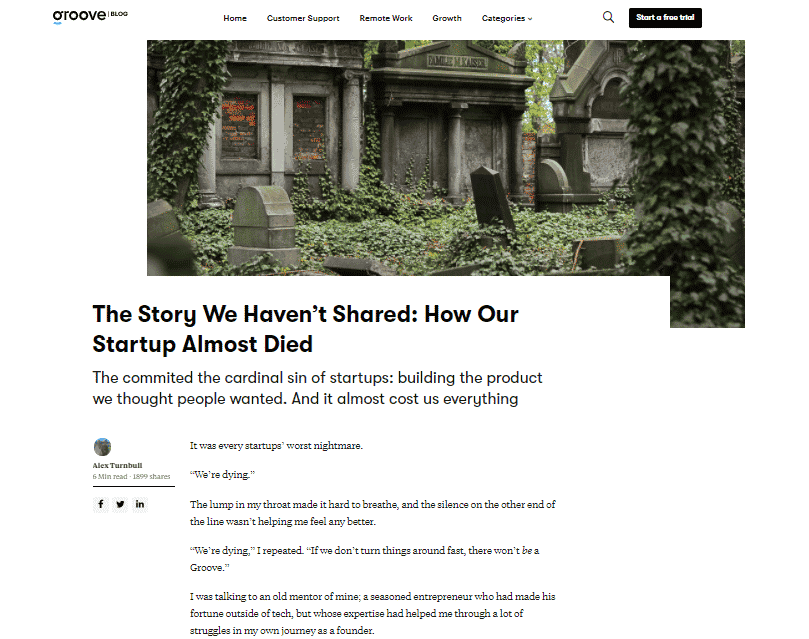
Image Source
It might seem risky to let the world know that your company struggled. But by doing so, Groove built an audience of other founders, startups, and entrepreneurs — many that needed customer support software and become potential customers for Groove. As their audience grew, so did their revenue. One year after they launched their startup journey blog, they were bringing in $5M annually.
Groove’s startup journey blog still generates tons of brand awareness for the company. It’s become something they’re known for by peers and potential customers alike.
Use content hubs to simplify complex topics
Content hubs help brands in any industry to organize large libraries of content. This is especially important for SaaS companies, who often cover in-depth, technical topics and provide long-form instructional content in formats like how-to or ultimate guide blog posts.
Trying to fit everything in one place can lead to lengthy, hard-to-read content that loses its audience.
Content hubs allow you to break up these topics into smaller, digestible bites while centralizing them in one place. Moz does this really well. The Moz Blog is easily sortable by topic category so users can quickly access relevant content. Long-form content like comprehensive guides is broken up into chapters (that users can easily jump to from a drop-down menu) that make them easier to use.
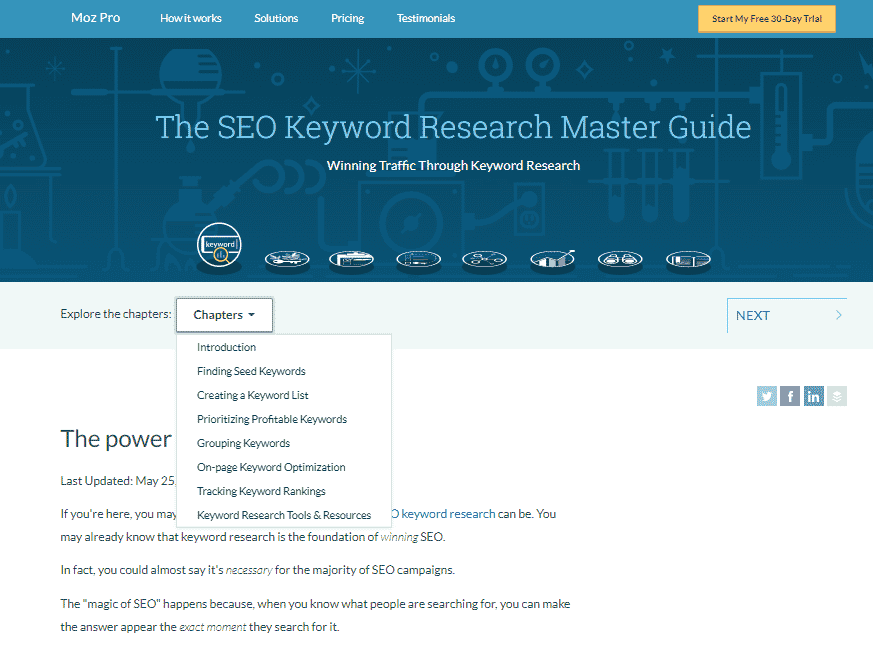
Image Source
Build trust with influencer endorsements
This one might seem a little strange if you haven’t seen it in action yet. Influencers in SaaS? Isn’t influencer marketing more suited for B2C product promotion?
It’s perhaps used most commonly in that space, but influencer marketing can be an extremely impactful way to establish brand authority and build the all-important trust necessary to convert new customers.
Influencers can include people in the industry who have large followings and successful executives and founders from SaaS companies. Basically, influencers can be any person or brand whose reputation precedes them and whose opinion or endorsement would matter to your relevant audiences.
Website builder Squarespace executes influencer marketing successfully with their YouTube series featuring popular YouTubers in different niche categories, including gaming, education, and cinema.
The campaign leveraged each influencer’s audience to showcase Squarespace features and benefits. It created visibility across a number of industries and audiences the company wouldn’t have had access to otherwise. It succeeded in increasing conversions and new sign ups. The videos themselves built brand awareness and generated more than 5 million views.
Check out their video collaboration with CinemaSins (which has more than 9 million subscribers) and read more about the campaign here.
Offer a free trial as a CTA in bottom-of-the-funnel content
If your service lives up to the standards that your content promised, serious prospects will likely convert into paying customers after a free trial. Unless they use your software to handle a one-off problem, chances are that they’ll discover how well your software works to make their day-to-day work easier. If the cost to get your product into your prospects’ hands for a few days plus customer acquisition costs is less than the customer’s lifetime value, then a free trial is well worth your trouble.
Provide trial users with specialized content that helps them get the most value out of their trial subscription. When they see the success that your software can provide to them in only a few days, they’ll be likely to pull the trigger and subscribe as a paid customer.
After the sale, keep customers loyal with gated content that only customers can access. Focus that content on teaching your customers better ways to use your product.
Use ABM to land bigger accounts
Some prospects offer the potential for a huge influx of revenue. Usually, these companies are large enterprises with a massive user base (if you price per user).
Or, these firms might be so well-known that having them as a customer will position you as a leader in your field. When other companies see that this company has signed on, they’ll be more likely to jump on the bandwagon, too.
Account-based marketing (ABM) content is labor-intensive, but the benefits of acquiring such a customer are well worth the effort. Start by looking at the challenges each of the target company’s main decision-makers face and create content that addresses those concerns.
Collaborating with your sales and customer service teams can help you identify common objections and feedback that your prospect and similar companies face. Subject matter experts, such as your development and design teams, can provide information about the technical details that make your product the one solution that will answer your prospect’s objections and solve their problems.
As time goes on, you can keep a repository of effective account-based marketing content that you can tweak and repurpose for future prospects. Doing so will allow you to extend a modified ABM strategy to several major prospects at the same time.
Content marketing stands heads above other marketing strategies for SaaS companies. Its adaptability to the unique needs of SaaS brands will make it a major player in the space for years to come.
If you are ready to get more traffic to your site with quality content published consistently, check out our Content Builder Service. Set up a quick consultation, and I’ll send you a free PDF version of my books. Get started today – and generate more traffic and leads for your business.
What ROI Can SaaS Companies Expect from Content Marketing?
Content marketing is more valuable to brands today than it’s ever been. It’s practically mandatory.
If your competitors are creating content, then you need to be too, if you want to keep up. If they’re not creating content, you’re missing out on a huge opportunity by not taking the chance to get ahead.
However…
As important as content is, it’s important for you to remain realistic about its power.
My experience has taught me that a lot of companies think content marketing will drive sales immediately. This is rarely true.
Most content (if done well) gets eyeballs on a brand and helps build brand awareness. It often drives links, too.
The overall impact of this is that it encourages the search engines to view your site more favorably and grant it more visibility in the SERPs (search engine results pages).
You rarely see results until a few months in. I generally see content start to make an impact around the six-month mark. It starts to have a truly meaningful impact on a site about 12 months in.
So sure, content marketing takes time to work.
But it does work. It really flippin’ works.
Content Marketer gets around 500 leads a month – all from content marketing. Can you guess what our marketing budget is?
$0.
All we do is create content ourselves, recruit amazing guest authors, and promote the content to our email list. After that, our audience does the rest.
Content marketing isn’t easy – especially when you’re first starting out. But when I hear stories about “how much” companies should spend on content marketing, I get a little angry.
The fact is, there’s no “rule” saying what you need to spend. You can get results with zero budget.
As I said at the start of this article, spend whatever you can afford, but don’t try to adhere to some random “guidelines” that dictate what a company should be spending on content.
Key Takeaways
1. Learn about your audience and use this information to create a detailed customer persona that you can use to influence the type of content you create and the subjects you cover.
2. Split your content strategy into three stages:
- General blog content that you use to educate your audience and push yourself as an authority.
- Shareable content that you can promote and can be used to drive links.
- Content that’s designed specifically to target customers at each stage of the sales funnel and move customers from one stage to the next.
3. Create your content. Begin by utilizing the skills you have in-house and where possible, use tools to streamline your efforts and improve your output. If you lack resources in-house, outsource it.
4. Promote your content. Learn what type of content warrants promotion (generally “shareable content designed to drive links” and “newsworthy press releases”).
When you promote your content, focus on building long-term relationships with the people you reach out to. It’ll pay off in the long run.
Look at using social media and paid social tools to supplement your efforts, too.
5. Have realistic expectations. Content pays, but it takes time. Be patient and stick with it. Rome wasn’t built in a day.


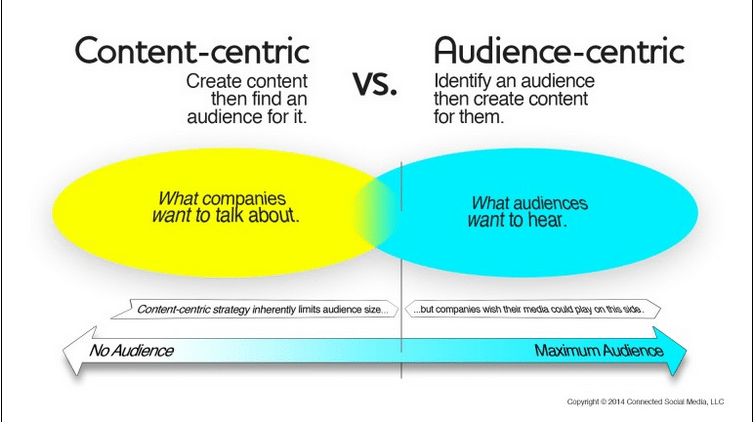
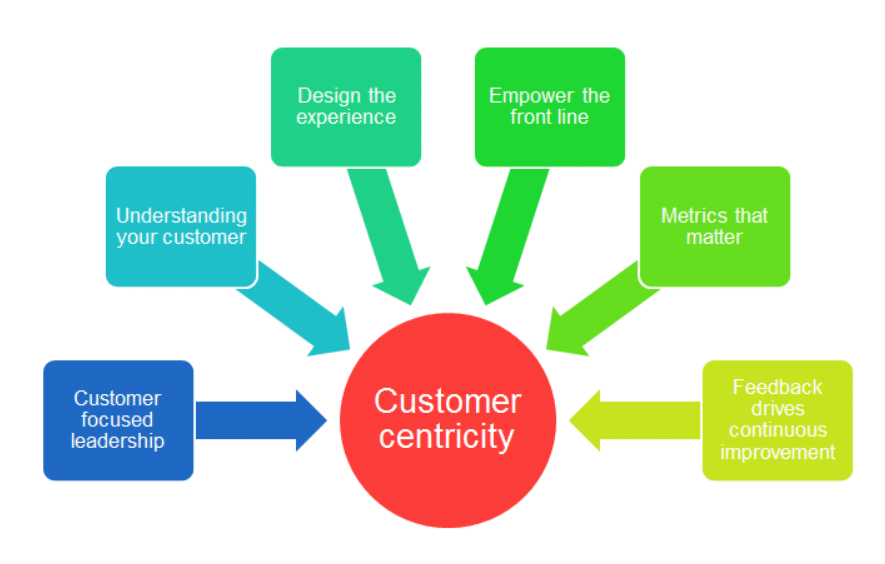

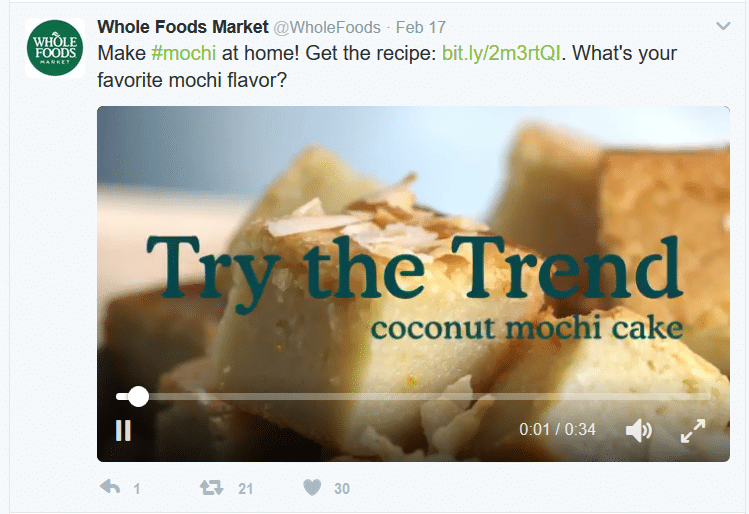
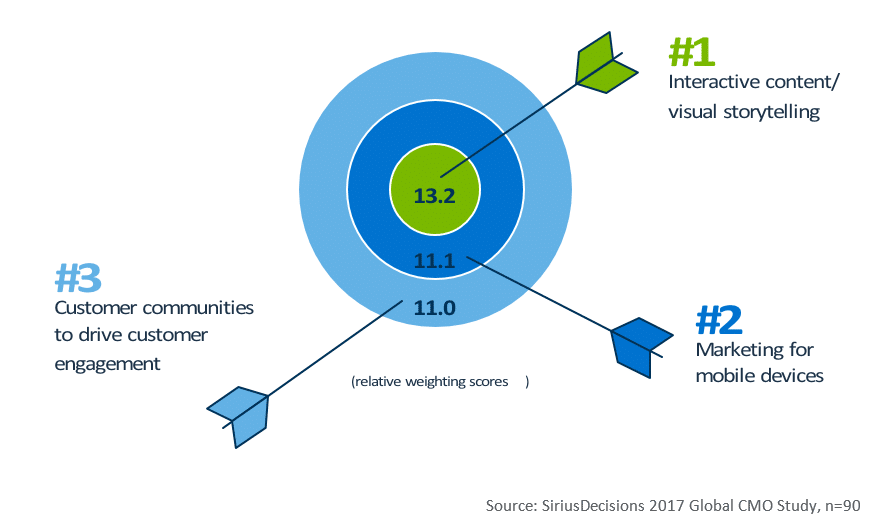

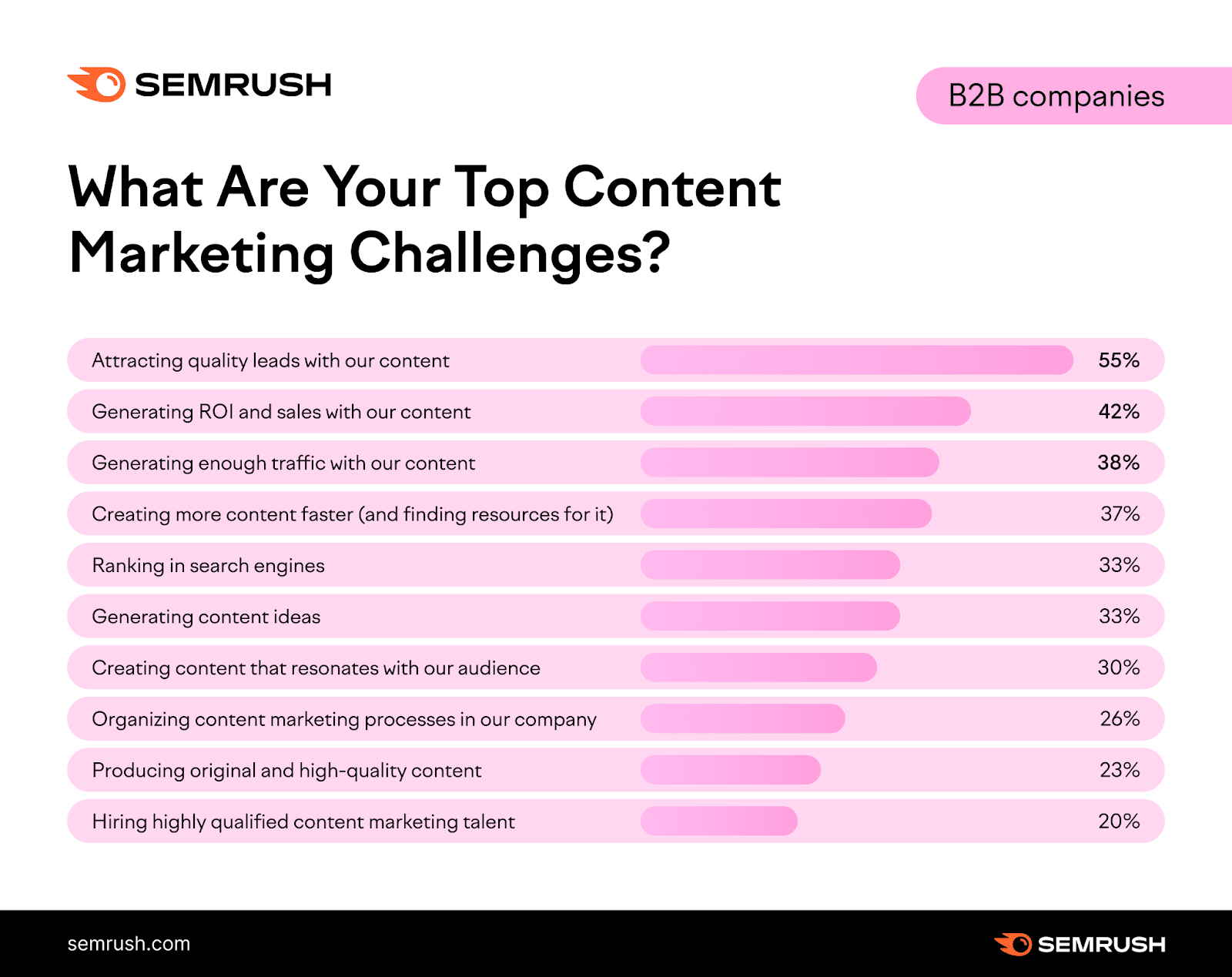
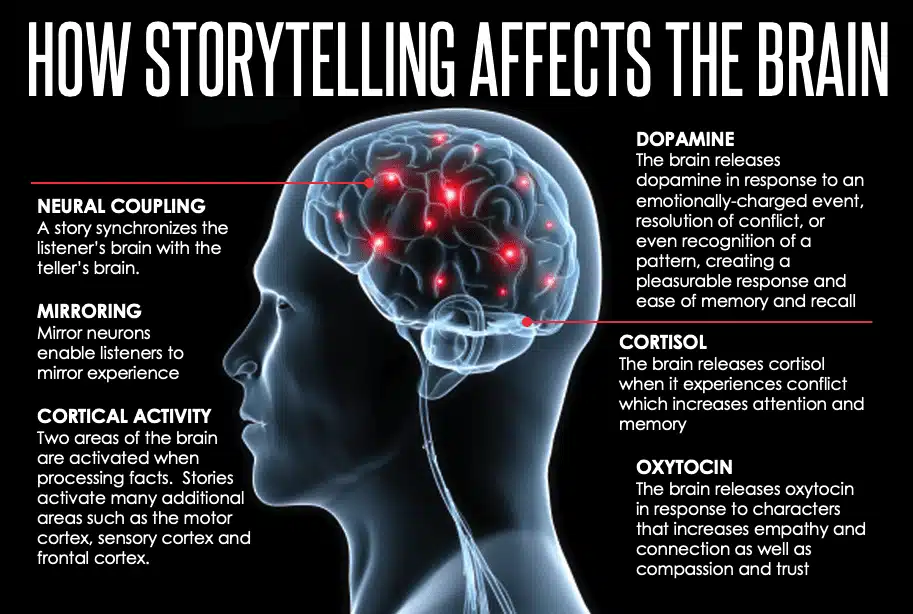
 ). Picture the obstacles that hold them back and provide practical solutions that push their story forward.
). Picture the obstacles that hold them back and provide practical solutions that push their story forward.